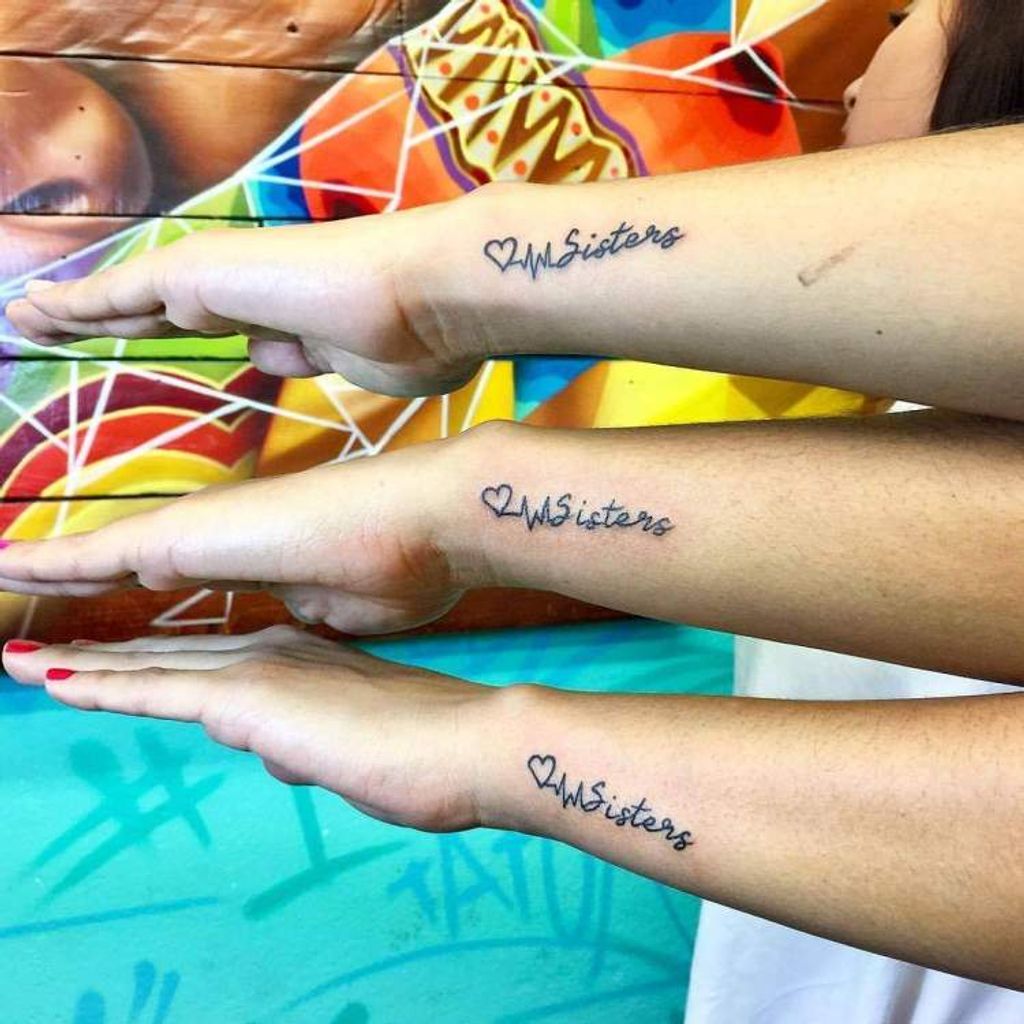A fashion that people often equate with the modern age is actually ancient.
Tattoos are among the oldest identity forms known to man. Today, their popularity is on the rise.
In 2019, an Ipsos poll revealed more Americans have tattoos today than in early 2012. Some 30 percent of Americans have at least one tattoo, an increase from 21% in 2012.
The origin of tattoo
The first tattoos probably date to Eurasian civilizations more than 5,000 years ago. The skin markings helped create a cultural identity for some communities, helping to discern friend from foe. There is no clear answer on which was the first civilization to use tattoos.
Egyptians discovered a kind of dye called ‘henna ink’ to create their elaborate tattoos. Those who could wear these temporal markings showed a higher economic and social status. Women especially sought out these markings to project their power, sensuality and femininity.
However, Celts and ancient Germans used tattoos for war and strategic reasons. They sought to intimidate their enemies and demoralize them in the field of battle.
The Japanese marked their deceased with intricate tattoos so their souls would not get lost on their way to eternal rest.
“If you have a tattoo, you are part of a culture that is more than 5,300 years old,” said Horacio Barradas, a sociologist at the Universidad Veracruzana. “I say that because the oldest tattoos we know of is a mummy of that era named Otzi, which had 61 different tattoos.”
“Egyptian mummies also had traces of tattoos, for example, on pregnant women, which we believe sought to protect their pregnancies. They also had vessels and statues that seem to have representations of these markings, as well as showing utensils used to mark them,” said Barradas.

In Mesoamerica, tattoos functioned as a covenant with their deities. When priests were ready to sacrifice a man or a woman, they carved a tattoo onto them to make them worthier to their gods.
During the Middle Ages, the Catholic Church was decisive in banning tattoos, since any act that would blemish the “purity” of the human body was a blasphemy against God. That edict reflects a much earlier Jewish prohibition. The Torah, which comprises the Hebrew Bible, says in Leviticus 19:28: “You shall not etch a tattoo on yourselves.”
When the Spaniards colonized Latin America, the prohibition extended to the New World. Thus, something that natives considered normal soon disappeared.
Instead, tattoos became part of rebellious acts, of occult, heretical or ‘underground’ attitudes, to keep them a secret.
Breaking taboos: the modern tattoo
They resurfaced with globalization. In Polynesia, the Maori tattooed themselves in religious ceremonies to get closer to their beliefs. When Westerners became aware of these body marks, tattoos once again resurfaced in the modern world.
Martin Hildebrandt may be the first person to have a tattoo parlor in the Western world. His 19th-century New York shop became a hotspot for men who fought during the American Civil War. The tattoos showed a brotherhood between the shared experiences on the battlefields. They were more than companions or soldiers; they were brothers.

“I have worked as a tattoo artist for at least 13 years, and I think I have seen and heard everything,” said Pablo López González, a professional tattoo artist. “I want to believe that little by little, I have contributed to the great wave in tattoo fashion that has helped erase the stigma that existed before, about people who scratch or mark their bodies.”
Tattoos carry a lifelong mark, though there is now a method to remove them. Each tattoo is part of a longer tradition and history. Anyone who gets a tattoo joins a singular experience that has existed for thousands of years.
(Translated and edited by Mario Vázquez. Edited by Fern Siegel.)
The post Inked! Tattoos Carry A Long Cultural History appeared first on Zenger News.

